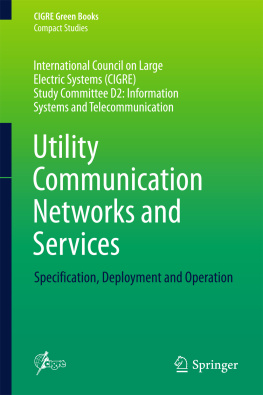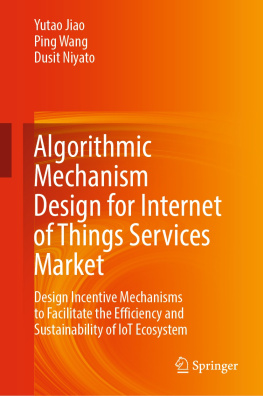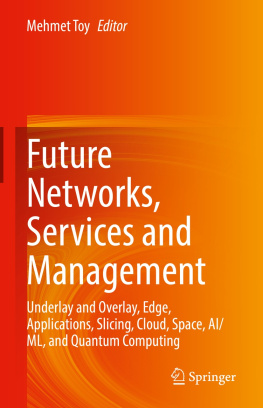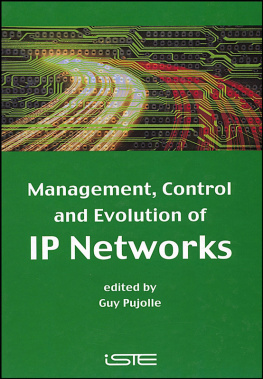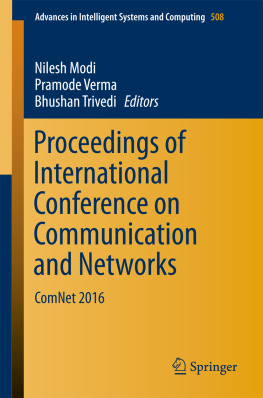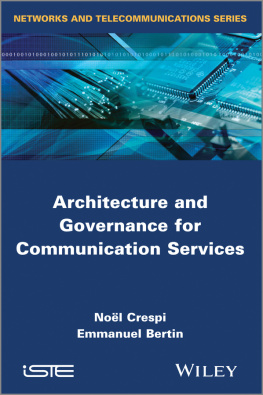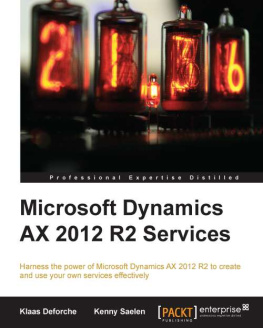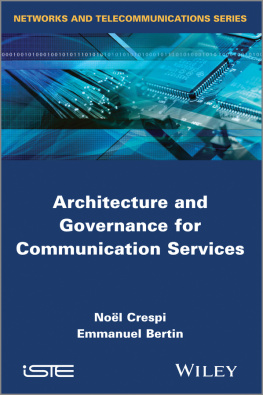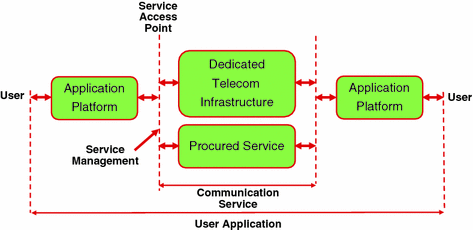1. Operational Applications in the Power Delivery System
The operation of the electrical power system requires the exchange of information between different constituents of the system. The exchanged information is constantly evolving from simple signals such as commands and binary status data toward more elaborate forms such as coded measurements, control messages, and enriched situational information. Power system operation also necessitates the interaction of human operators across the system as well as their interaction with field-located power system components or remotely located operational information systems. From original control room voice communication covering power plants, substations, and load dispatch centers, the power system operation is moving to more elaborate modes of communication such as mobile data systems, remote access to field assets, and field worker access to central support platforms and information systems.
The evolution of information exchange across the power system needs to be assessed in order to determine the size, type, and perimeter of the telecommunication network that the Electrical Power Utility (EPU) should implement whether this is achieved through the deployment of a dedicated infrastructure or through provisioning of services over the network infrastructure of a telecom provider.
Figure provides a basic model defining user applications interacting through a communication service delivered over a dedicated telecom infrastructure or provisioned through an operator (procured service). The Service Access Point is the point of delivery, monitoring and management for the communication service and the interface between service user and provider.
Fig. 1.1
Basic model representing the communication of user applications
Communication services in the EPU are generally identified with the applications they serve (e.g., SCADA or protection communication services). This is indeed based on a common understanding of the telecom service provider and the application owner of the communication requirements. This is true when dealing with long-established power system applications delivered by internal telecom facilities. The same cannot be assumed when new applications are being introduced or when provisioning services from an external provider. This first part aims to characterize the main operational applications in the power system context and their respective communication service requirements.
There are no clear-cut definitions to such words as operational or mission-critical. The perimeter is moving in time and varies from one utility to another. Broadly speaking, we shall limit the scope of our analysis to communication services enabling the coordination and exchange of information between the staff, devices, and platforms directly involved in applications and processes used to operate, control, and protect the power system and its constituents. These applications and processes are necessary for the proper accomplishment of the Power Utilitys primary mission and therefore the associated communication services are referred to as mission-critical. Operational services are generally required between electrical process plants (e.g., protection relay communications) or between control and monitoring platforms and the process plants (e.g., SCADA communications).
Closely related to the power system operation, there exists increasingly a group of applications related to the maintenance and support of the power system infrastructure. These operation support services include voice and data connectivity for the operation and maintenance staff, the remote monitoring and surveillance of field assets and premises to assure their working condition as well as their physical and cyber security. The operational safety and the security of the power utility industrial installations and the control of their environmental impact are subject to growing concerns and critical infrastructure regulatory constraints. Many new applications with extensive communication volume are emerging to assure these aspects. Operation Support applications often connect field-located peers (staff and device) with central monitoring and decision platforms, management and support staff, and associated information systems in utility offices.
Criticality of communication services in the Power Utility can be assessed through the consequences of service loss and degradation. It is clear that a high degree of criticality can be attributed to the operational and operation support services. However, it should be noted that these applications are not the only critical processes in the Power Utility. The financial consequences of a loss of communication in utility business and market activities can be tremendous. Non-operational communications are, however, more tolerant to programmed service unavailability, allowing IT-type procedures for service restoration and maintenance.
In the following sections electrical power utility operation-related applications are categorized according to their information exchange perimeters:
Substation-to-substation applications These applications comprise fast automation systems providing protection and control of power system primary assets and prompt detection and isolation of electrical faults. They assure the secure and stable operation of the electrical power system with a reaction time from a fraction of a cycle to a few cycles (power frequency cycle at 50 Hz: 20 ms). Although the term substation is used, the same principles apply to similar applications relating to bulk generation plants, energy farms, and energy-related process sites. These applications are treated in more detail as their particular communication requirements constitute one of the main drivers for implementing dedicated telecommunication infrastructures in electrical power utilities.
Field device to central platform applications These applications present status and measurement data from the grid or bulk generators to situational awareness platforms and transmit operator-initiated or application-generated commands to adjust the situation. The most typical application in this category is the Power System SCADA. Other operational applications such as Wide Area Monitoring systems (Synchronized Phasor Measurements) are increasingly deployed across the power system. Various alarm and event management platforms, supervision and monitoring of assets, site facilities, telecommunications, physical and cyber security, etc., are in this same category. Collected data is typically refreshed every 15 s but platform-to-field command transmission has tighter requirements.
Inter-platform applications These applications comprise the synchronization or coordination of data bases in geographically remote platforms whether for redundant processing, or in a hierarchical application (e.g., regional and national), or in a functionally distributed system (e.g., monitoring and control platforms). They generally require the transfer of much larger volumes of data but less often (and more sporadic). The time constraints here are around a few seconds. It should, however, be noted that cyber security constraints in this case become more severe in particular when more than one company and one dedicated network is concerned.

